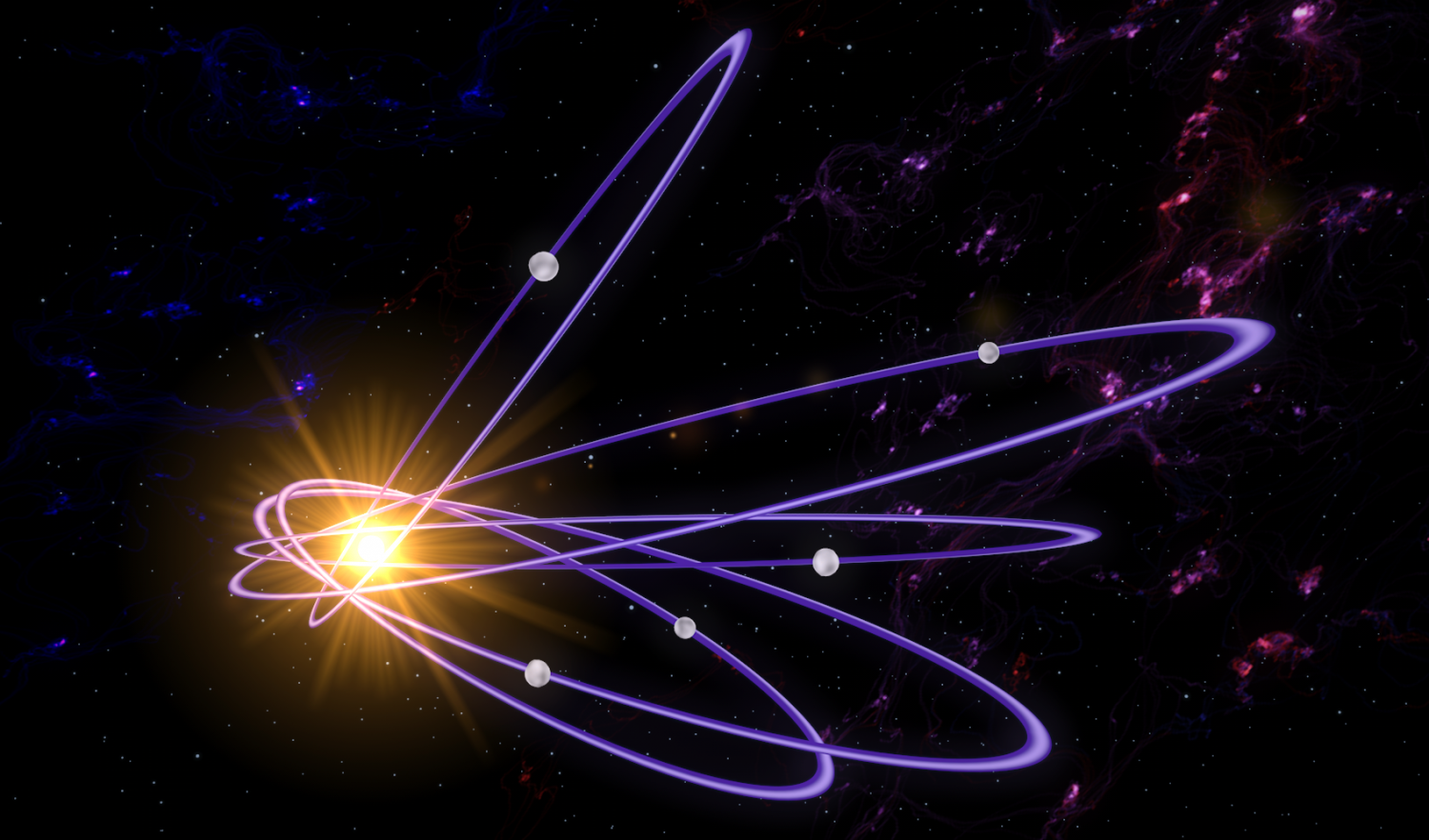Meanwhile, in the outer edges of the Solar System
Gonggong, Quaoar, Orcus, Salacia, Gǃkúnǁ’hòmdímà, Leleākūhonua. You’ve probably never heard of the names of any of these worlds before (except for maybe Quaoar), but they are all very real celestial bodies that likely meet the definition of a dwarf planet and thus would have had the same claim to the title of “planet” as Pluto, right up until the time Pluto was demoted from planet status. The reason you won’t find them on any night-sky charts for amateur astronomers is because their orbits are so far away from the Sun that it was basically a miracle that any of these approximately 600-kilometer-diameter objects were discovered at all.
But why do so many of them travel around the Sun on orbits that are so eccentric and at such an angle relative to the ecliptic that they’ve been named “Detached Objects”? That was the topic of a study from the University of Colorado and published in the Astrophysical Journal. Some researchers, including “Pluto Killer” Mike Brown, believe that a large, previously undetected object, “Planet 9,” is responsible for the orbits of these dwarf planets. And yet, astronomers have been searching for Planet 9 for years without success.
Researchers from the University of Colorado have now come to a different conclusion: the objects pulled each other out of equilibrium by their own gravity, flinging each other into the farthest corners of the Solar System. To reach this conclusion, the researchers ran simulations of the early Solar System, in which the dwarf planets had regular orbits, also including forces from the gas giants. For a while, everything ran as expected, but then the dwarf planets moved out into eccentric orbits, like the orbits observed today. The most fascinating part: the influence of the gas giants wasn’t even needed. The same results happened even when the researchers left Jupiter & co. out of the simulations altogether.
Does this mean that there’s no Planet 9 somewhere out there? Not definitively, because the simulation has a catch: for everything to work out like it did, there had to be a whole lot of dwarf planets out in the outer edges of the Solar System and they still must be out there today. There should be about 20-times the mass of Earth out there somewhere. That’s a lot of rock and ice – and there’s plenty of room for a second Mars or a second Mercury. Or an Amphitrite, like in my new book.
